Let’s face it, Easter today is largely about chocolate. Supermarkets overflow with pastel-coloured mini eggs, novelty bunny-shaped chocolates, stuffed chocolate eggs and, horrors of horrors, hot cross buns flavoured with goat’s cheese and date (truly, we live in strange times). But beneath the shiny foil wrappers lies a curiously eccentric history, one that we’ve all but forgotten.

Long before chocolate eggs conquered Easter, cakes held pride of place. Central among them was the simnel cake, a richly fruited, spiced confection crowned elegantly with eleven marzipan balls, each one symbolising Christ’s apostles - minus Judas, whose back-stabbing betrayal disqualified him from pastry immortality. Originally baked for Mothering Sunday as a brief indulgence in Lent’s austerity, the simnel cake effortlessly transitioned into Easter, establishing itself firmly in the seasonal tradition.

The simnel's appeal isn’t just visual; tucked between the smooth marzipan surface and fruitcake lies a surprising second layer of sweet almond paste. This middle layer is no silly culinary quirk - it transforms the cake, ensuring its lasting moisture and legendary longevity. Indeed, folklore once whispered of simnel cakes baked on Good Friday possessing magical qualities - remaining fresh throughout the year, protecting homes from fire, and bringing good fortune. Such charming superstitions hint at Easter’s once deep-rooted blend of religious faith, folk tradition, and playful superstition.
If the simnel feels quintessentially British - dense, subtly spiced, studded with raisins and citrus peel - Italy presents a lighter, airier alternative: the colomba di Pasqua. Born in the industrial bakeries of 1930s Milan, the colomba is shaped like a dove, symbolic of peace, although modern iterations rarely achieve a convincingly birdlike silhouette. Instead, it often resembles a slightly misshapen cross with almond-studded wings. Its texture is soft, reminiscent of Christmas panettone, enriched with citrus zest and candied peel - perfectly pairing with strong morning coffee and leisurely conversation. Culinary luminaries like Gennaro Contaldo celebrate its fragrant appeal, urging us to bake our own - if we can locate the requisite dove-shaped mould (thankfully available online, but expect a charmingly lopsided dove).

But simnel and colomba are just two survivors of a far richer history of forgotten Easter customs. Take eggs, for example - today ubiquitous in their chocolate incarnation but originally linked to Easter simply because the end of Lent allowed them back onto the table. Long before Cadbury created the world's first chocolate Easter egg in 1875 (perhaps oblivious to the lasting culinary shift it was about to spark), England buzzed with the vibrant customs of "Pace-Egging." Derived from "Pasch," the old term for Easter, these traditions ranged from colourful egg-decorating and gentle rolling competitions, to boisterous door-to-door egg-begging rituals, and even elaborate theatrical performances. Such "Pace-Egg plays" often featured ritualised combat between the brave St George and a swaggering knight named "Bold Slasher" - a deliciously melodramatic spectacle now largely delegated to dusty archives.
Even Easter’s more curious culinary customs involved unexpected characters. In 18th-century Leicestershire, hare pies - not rabbits, mind you - were ceremonially cut on Easter Monday, reflecting the hare's symbolic association with Easter (albeit through bloodier traditions than today's fluffy bunny imagery). Meanwhile, "scrabbling" customs saw eager villagers wrestling for pennies, sweets, and oranges scattered by more affluent locals - a chaotic but charming spectacle that feels worlds away from today’s more sanitised egg hunts.

Easter festivities historically straddled reverence and revelry: Liverpool celebrated Good Friday with Judas effigies burned in the streets (think of it as a springtime Guy Fawkes night), while Cumberland towns engaged in a notably violent football match, aptly named "Workington Football," where rules were minimal and injuries frequent. Amidst such riotous customs, it's no wonder quieter culinary traditions - like simnel cakes and gently spiced buns - endured, bringing comfort and sweetness to an otherwise rambunctious time of year.

Though today’s Easter landscape might seem dominated by chocolate eggs and, since the lockdown of 2020, Nordic-inspired decorations like "Easter gonks" (gnome-like figures) and even "Easter trees," a fascinating revival of traditional cakes is quietly underway. Cakes like simnel and colomba speak to a yearning many feel for authenticity, craftsmanship, and genuine connection to past traditions. These confections, rich with history and vibrant with symbolic meaning, provide depth and a delicious antidote to commercialised same-sameness.

At our bakery, we’ve lovingly resurrected these timeless cakes in our Easter Cake Collection, honouring traditional ingredients and methods but also offering delightful twists that speak to contemporary tastes. Likewise, our Floral Cake Collection blends the beauty of spring blossoms with the culinary spirit of Easter, inspired by ancient folklore and nature’s renewal. These cakes are more than mere desserts; each slice represents a journey back to forgotten traditions and invites you to blend current times with cultural significance.

So, perhaps this Easter, it's time to look beyond the foil-wrapped superficiality. Savour a slice of simnel’s marzipan magic or colomba’s citrus elegance, and reconnect with the rich tapestry of customs nearly lost in our rush towards confectionery convenience. Tradition isn’t simply quaint nostalgia - it’s about reclaiming flavours and stories worth remembering. Because in truth, Easter cakes have always been about far more than chocolate: they're about reconnecting us with our history, our communities, and the deliciously quirky customs that truly make Easter special.

But yes, you could also stash away a cheeky chocolate egg. Because, why not?




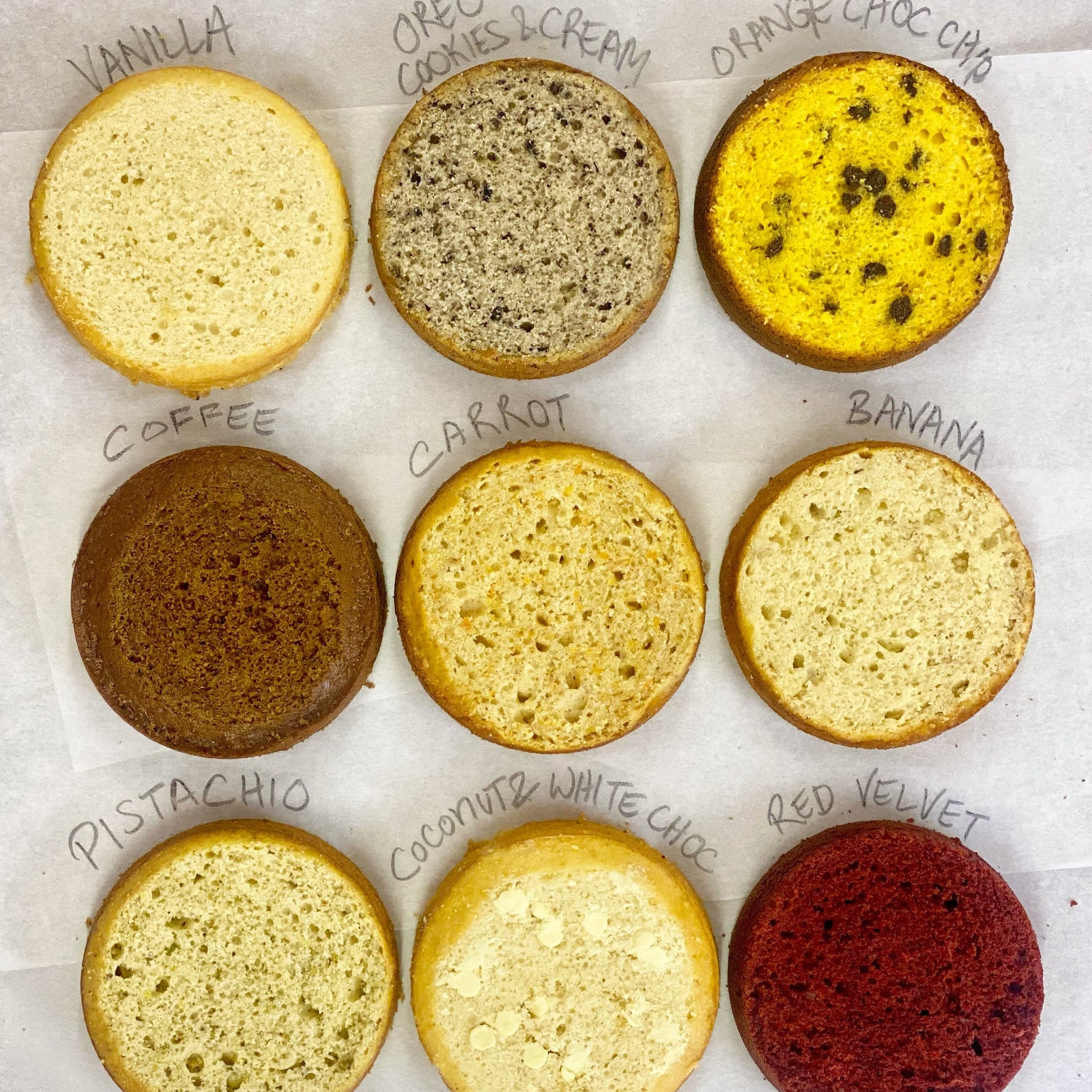
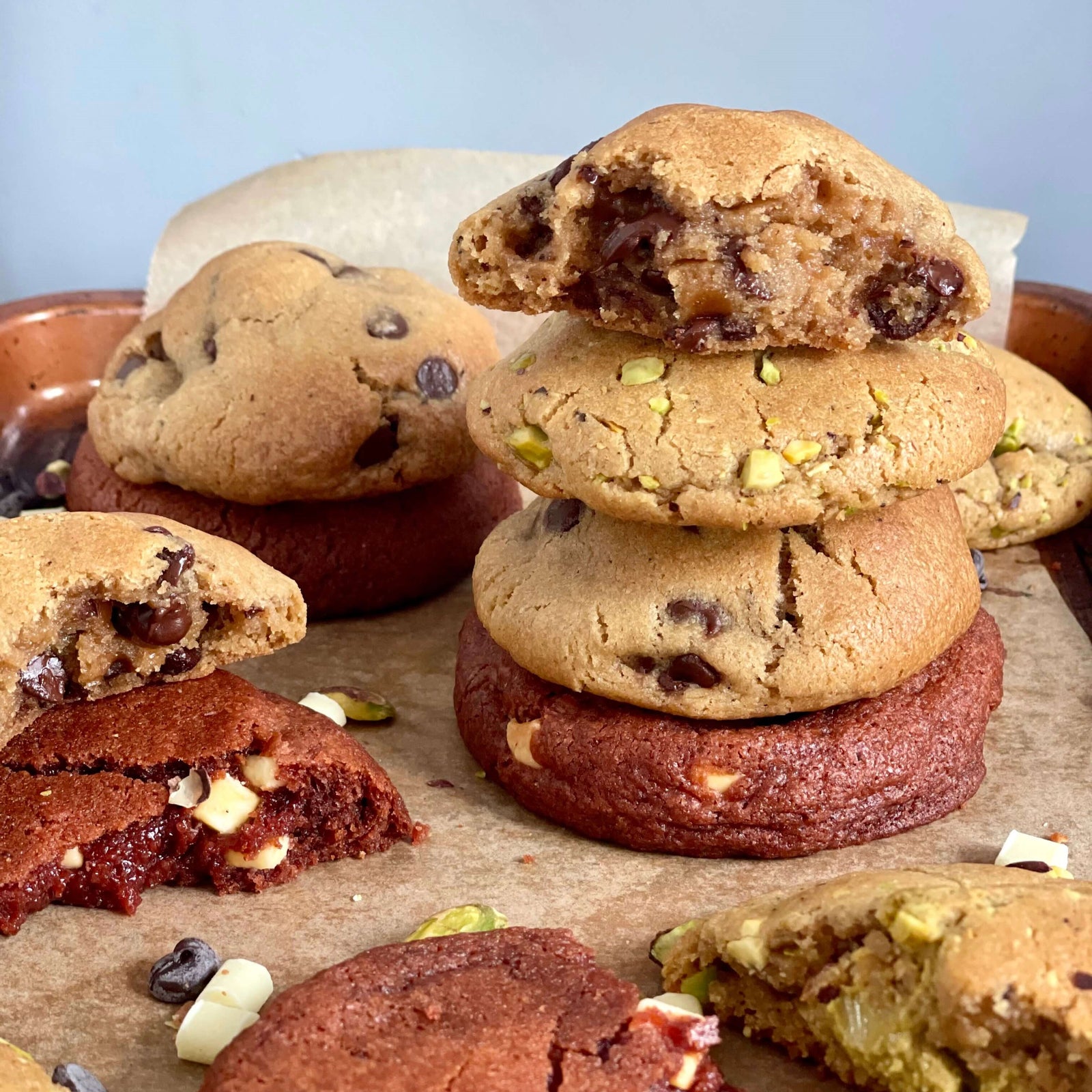
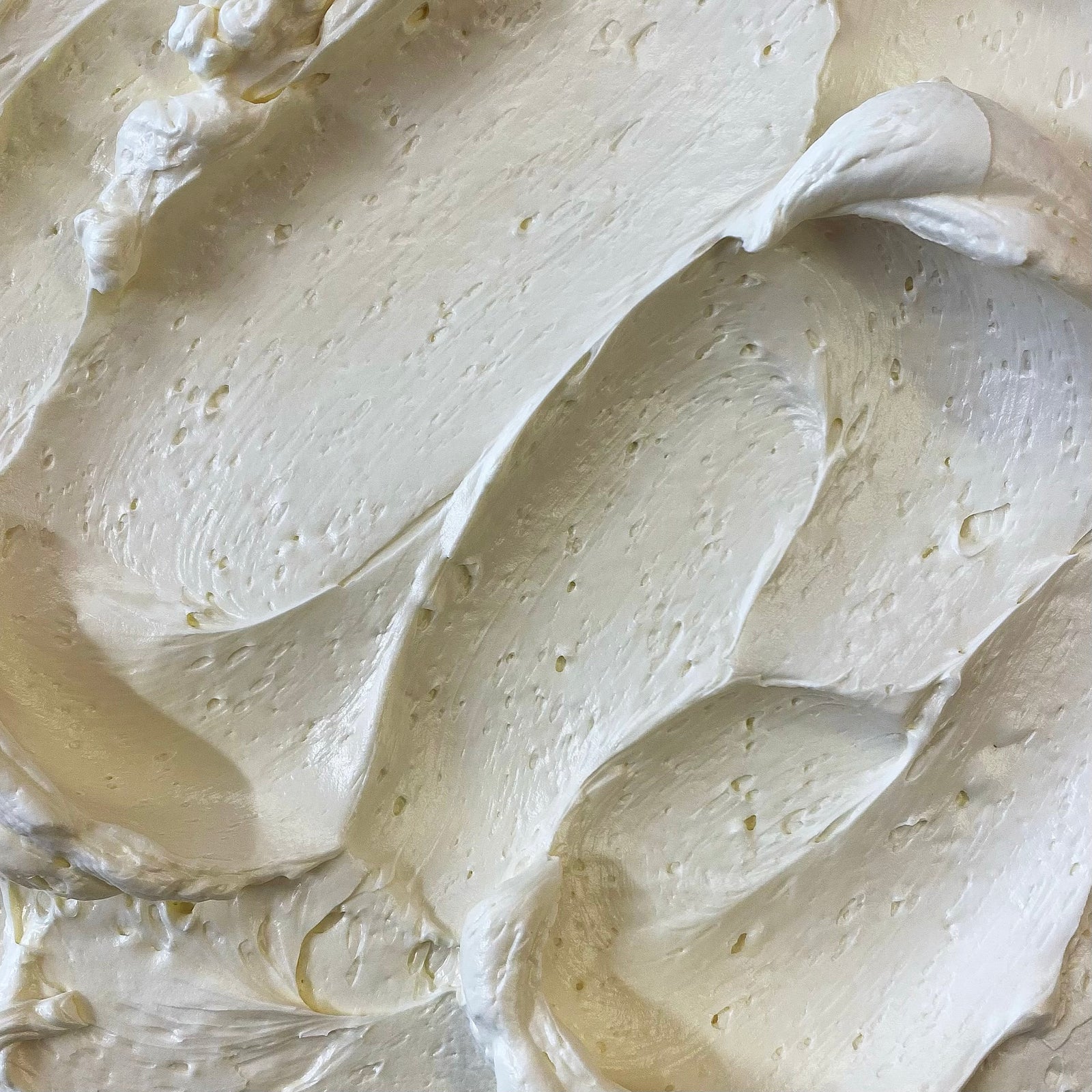




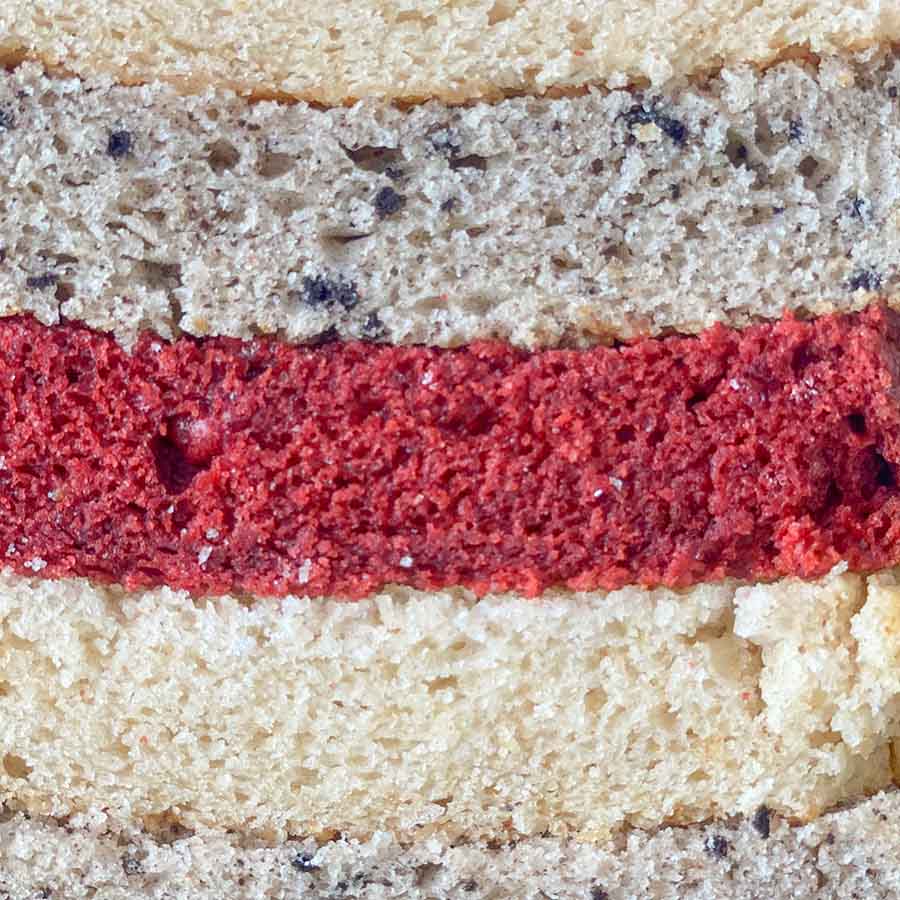

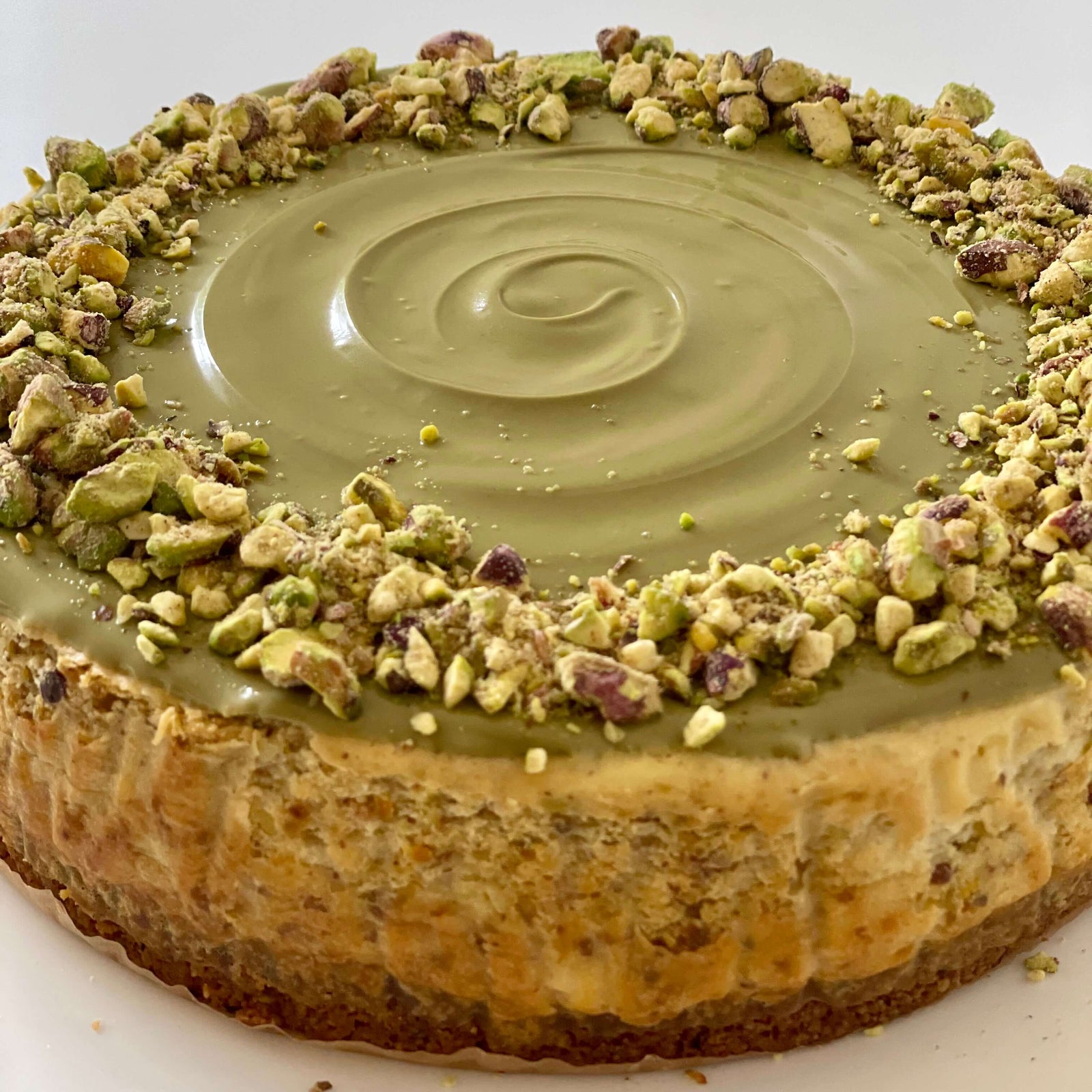
Leave a comment (all fields required)